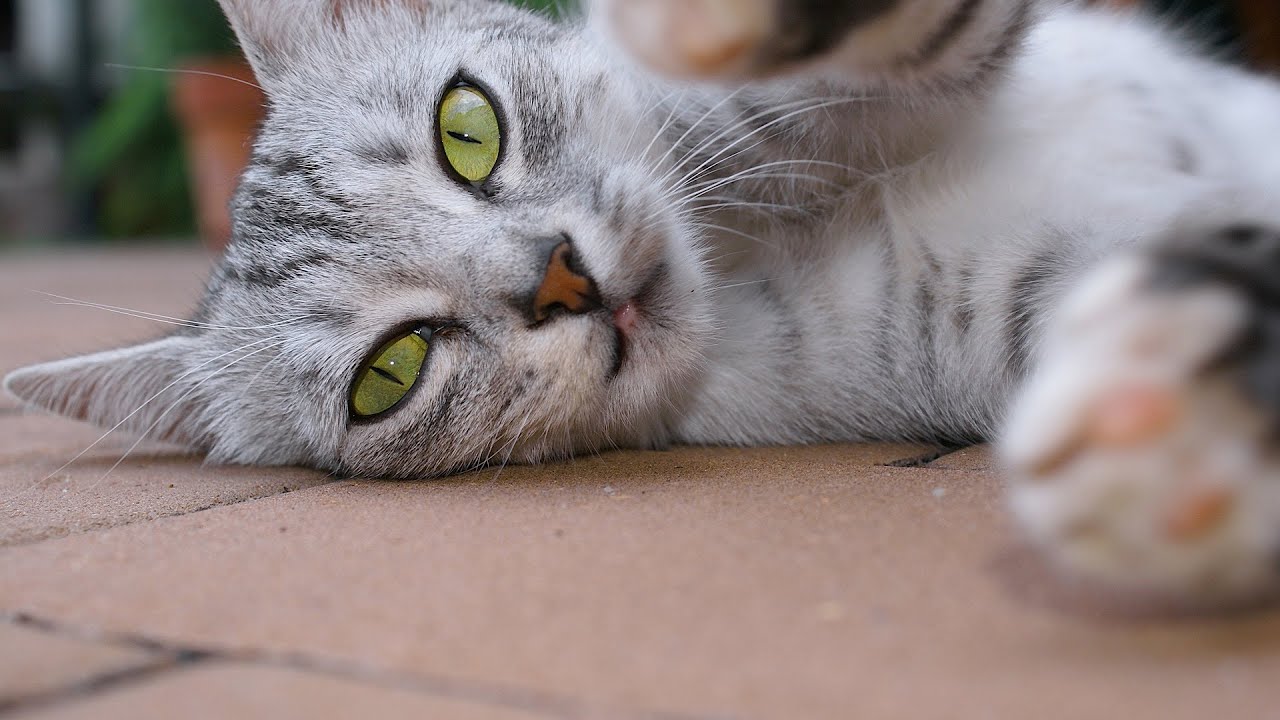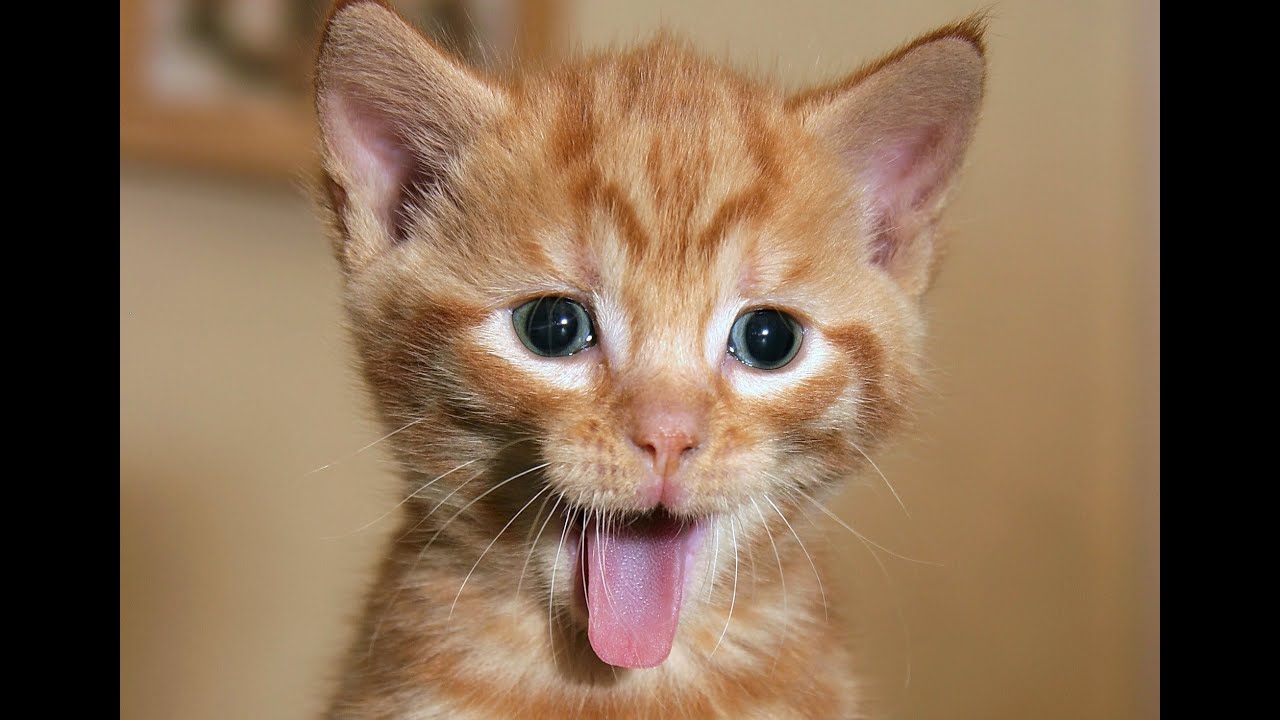Every loving cat owner wants only the best for his little fur ball. Novices rush to the book store, research online, and barrage their vet with questions on how and when to feed, what to feed, what not to feed, and how much to feed.
We probably spend more time selecting the right dinner choices for Fluffy than we spend worrying about own nutritional needs. Do we need to, though? Is a kitty really that difficult to feed? Or are there so many do’s and don’ts that we need to rely on expensive professional information? NO!
I’ve had cats almost constantly since I was a child. Back then, commercially available canned cat food was almost unheard of! My mother fed Bootsie what we had, with occasional treats such as some turkey giblets at Thanksgiving. Other than that, Bootsie had eggs, pasta, chicken, hamburger, fish – whatever the rest of us had for dinner.

I remember giving her mashed potatoes with gravy and sharing my chicken noodle soup with her as well. Every morning she would sit by the back door and wait for the milk man so my mother could take that huge dollop of cream off the top of each milk bottle and put it in her favorite bowl. Bootsie lived to the ripe old age of 19 without special foods, regular checkups or even “shots”.
I’m not saying I advocate that minimal level of care, but until recently that was how the average household kitty lived along with plenty of love and undying devotion.
Over the years I’ve learned a lot on my own. My cats have been wonderful teachers. I’ve also learned to take most “professional” advice with a grain of salt. Some of myths I’ve heard over the years are almost laughable, and to be either ignored or at least tested and questioned.
- MYTH: cats can’t digest dairy products. Baloney. Cats have the same occurrences of lactose intolerance as humans. I’ve only had one cat over the past 20 years who had a consistent problem with milk and she was smart enough to stay away from it. When she saw the others drinking from their communal bowl of milk, she’d head to the water dish. Not only do most cats tolerate milk, cream, ice cream, whipped cream, cheese and other dairy products well, they need calcium like humans do. Check out most hard foods on the market: they contain dairy and milk products!
As a matter of fact, cats are suckers for dairy products even though their partiality towards milk is well known but the myth that they get bowel movements upon consuming them has to be busted for good measure and there is an interesting blog that you can check here online for more info.
- MYTH: cats can’t eat raw meat. I don’t know where this one came from, but I actually had a vet tell me this! I asked why cats eat birds, mice and rodents, and their ancestors only ate the raw meat from whatever they managed to kill. She had no answer; she said she “learned it in school”. Not only can cats have raw meat, this is their natural diet! Their entire digestive systems were meant to eat only raw meat. A few times a week I actually give them a meal of only ground up chicken, beef or pork. Not scraps – real quality meat. When I put this meat down for them, I actually see them turn into wild creatures as they literally fight, growl and claw their way for larger portions – behavior they never exhibit when dinner consists of Friskies and Fancy Feast.
- MYTH: sugar and sweets will give them worms. I’m not saying they should have any of this, but common sense says that worms come from food that is ingested along with fly larvae. Sugar has no way of turning into worms inside the gut. My cats, unfortunately, all have sweet tooths and yes, I hate to admit it, but I occasionally allow them something special like a squirt of whipped cream or some yogurt and keeping them away from an oatmeal cookie or ice cream is usually a losing battle.
- MYTH: cats can’t eat people food or table scraps. This is a double edged sword. No, animals of any species shouldn’t be begging at the dinner table – mainly because it’s a pain in the neck for the people eating dinner. But what happens if they do get a piece of steak or a hunk of fish? Nothing. The food we have on our plates is a better quality than the derivatives they have in their own cat food. When their cat food can says “chicken”, what do you think they’re eating?
- MYTH: hard food is much better for them than soft food. Hard food is great, but no cat wants to live only on hard food. Certainly not the same brand and flavor day after day. I always leave hard food down so they can nibble at will, and I even have a few cats who seem to prefer eating the hard food, but that’s their choice, not mine.
- MYTH: cats are fed twice a day and should be kept on a strict schedule. Right. Now, granted, my cats are spoiled because I’m home all day and they have trained me well. They know how to pull at my heart strings and play me like a fiddle. However, even the cats I had years ago when I worked in an office and was gone 10 hours a day never enjoyed this twice a day routine.
Cats have small stomachs, like babies. They can’t eat enough at one sitting to last for 10 or 12 more hours for another meal. Cats graze. They nibble. They snack. That is their instinct, and that is how their digestive systems work best. The more cats you have, the more difficult it is to maintain any type of formal schedule.

I tend to feed my tribe about 6:00 AM. I don’t have much choice. They have learned to pull my hair, bite my toes, and pull off my covers in an effort to get me out of bed and to the kitchen for their first big meal of the day. They have another meal about 4:00 PM and what I call their midnight snack about 10:00 PM. This is a schedule they have devised on their own, with their own needs in mind. I never made any attempt to get them to eat like this.
In between there is always someone who wants a snack other than hard food so I open up another can of food. In reality, I WISH they only ate twice a day, but they can’t do that any more than a six month old baby can.




